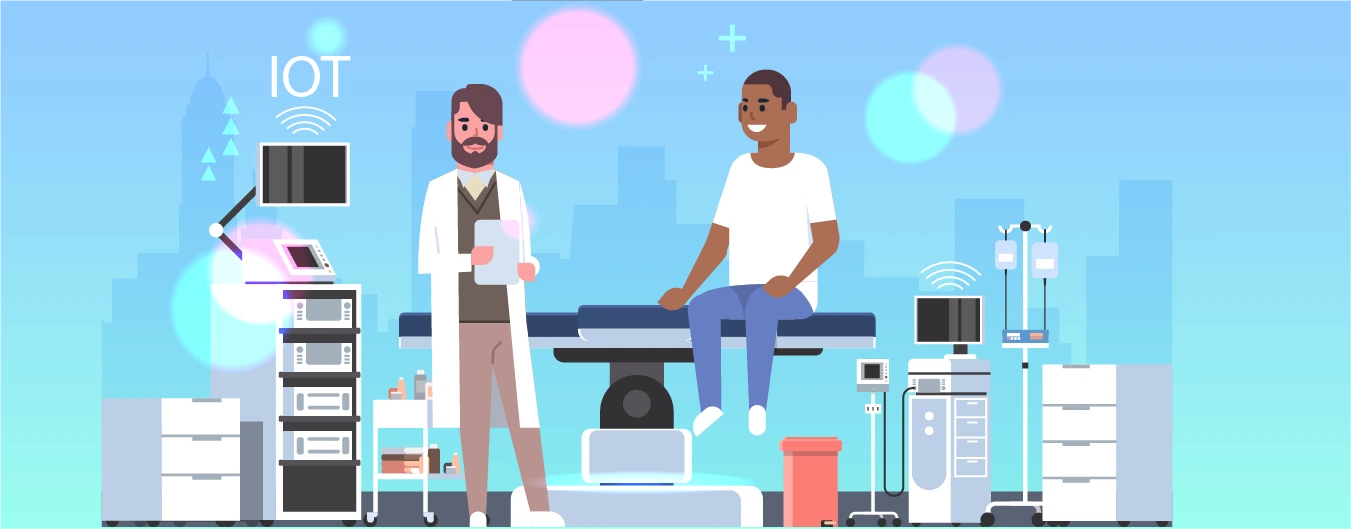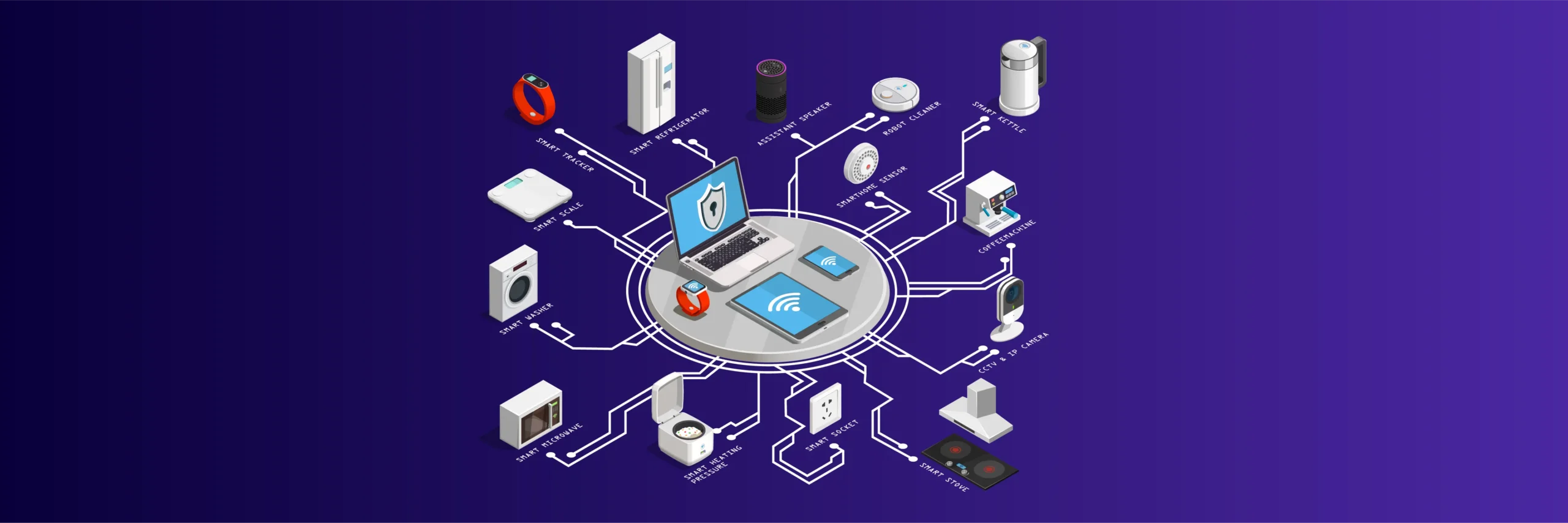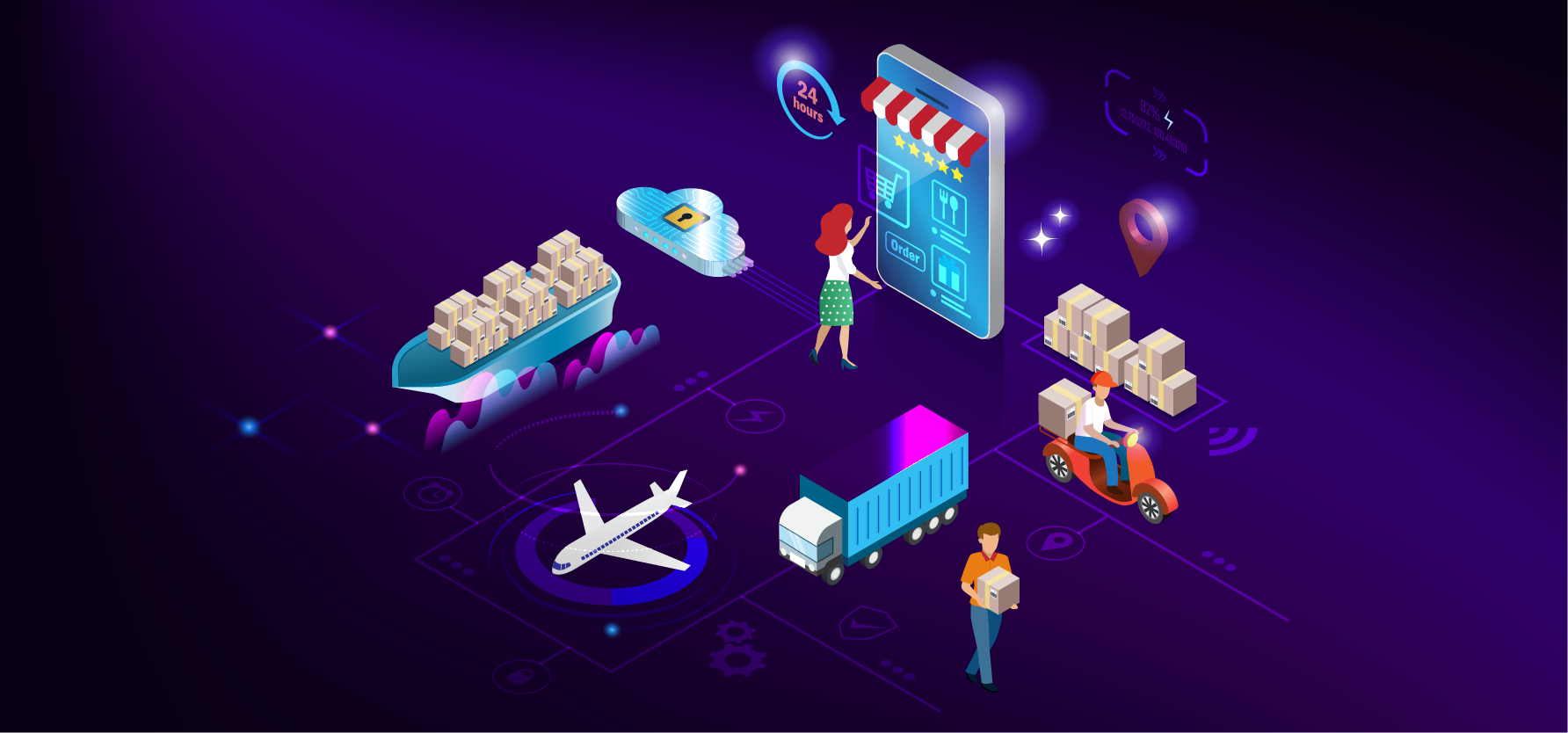
Hospitals today are changing fast, and technology is leading the way. One breakthrough is the use of IoT in Real-Time Patient Monitoring. Thanks to this innovation, doctors and nurses no longer must wait for periodic updates.
Instead, they can see a patient’s vital signs live, anytime, from anywhere. This is exactly how IoT is used in patient monitoring through smart devices that track heart rate, oxygen levels, and more in real time.
With real-time patient monitoring with IoT, care becomes faster, more accurate, and often lifesaving. Partnering with an experienced IoT Development Company can enhance these tools, offering clear benefits of IoT in hospital patient care, helping detect problems early and respond immediately.
IoT in hospitals for live health tracking makes it possible to watch over patients 24/7 without interruption. In short, IoT applications in healthcare monitoring are transforming how hospitals work, and that’s how hospitals use IoT for continuous monitoring today.
IoT stands for Internet of Things. It refers to devices that are connected to the internet and can share data. In Healthcare, it includes smart sensors, wearable devices, connected machines, and even mobile apps that collect and transmit patient data to healthcare professionals in real time.
IoT in Real-Time Patient Monitoring means that doctors and nurses can view vital signs and health indicators live, without waiting for manual updates or lab results.
For Example, according to the National Library of Medicine, Islam et al. developed a smart hospital monitoring system that not only tracks patients’ vital signs such as body temperature (BT) and heart rate (HR) but also monitors room conditions such as carbon monoxide (CO), carbon dioxide (CO₂), and humidity. The system showed strong performance, with around 95% accuracy when comparing the monitored data to actual values.
In traditional hospitals, nurses or doctors check a patient’s vital signs every few hours. But what if something changes between those checks? A lot can happen without anyone knowing until it’s too late.
That’s where real-time patient monitoring with IoT makes a real difference. Using smart devices, hospitals can now track vital signs around the clock. These devices send instant alerts if something goes wrong, like a sudden drop in oxygen or an unnatural heartbeat. That’s exactly how IoT is used in patient monitoring. It keeps a constant watch when humans can’t.
That’s where real-time patient monitoring with IoT makes a real difference. Using smart devices, hospitals can now track vital signs around the clock. These devices send instant alerts if something goes wrong, like a sudden drop in oxygen or an unusual heartbeat. That’s exactly how IoT is used in patient monitoring; it keeps a constant watch when humans can’t.
This isn’t just useful in emergencies. It helps doctors make better decisions for daily care and long-term treatment. With IoT in hospitals for live health tracking, patients stay safer, and care teams stay one step ahead.
IoT in Real-Time Patient Monitoring is transforming hospital care by enabling continuous tracking of patients’ vital signs. With smart devices and connected systems, healthcare providers can respond faster, detect issues early, and ensure safer, more efficient patient monitoring around the clock.
So, how exactly is IoT in Real-Time Patient Monitoring helping hospitals care for patients better? Let’s break it down.
One of the most common ways IoT is used in patient monitoring is through wearables such as smart wristbands or adhesive patches. These devices track key vitals such as heart rate, body temperature, oxygen saturation, and even movements.
They are incredibly helpful for real-time patient monitoring with IoT, especially for elderly patients, those in the ICU, or those recovering from surgery. These smart devices for patient health tracking send continuous updates to doctors and nurses, so they can react quickly if something is off.
Believe it or not, hospital beds are now “smart” too. These beds can detect when a patient moves, automatically adjust angles for comfort or medical needs, track weight, and even send alerts if someone falls or tries to get up without help. It is another way IoT applications in healthcare monitoring ensure patients are cared for at all times.
Thanks to IoT in hospitals for live health tracking, not all patients need to stay admitted. Those with chronic conditions such as diabetes, heart disease, or hypertension can use remote IoT devices at home.
These tools collect health data and send it directly to their doctor. It’s a safe, efficient option that improves both convenience and care, showing one of the biggest benefits of IoT in hospital patient care.
Connected apps play a major role, too. These apps sync with wearable devices or home sensors to collect real-time data, which is then stored securely in the cloud.
Doctors can access it anytime to review patient history, update treatment plans, adjust medications, or even predict future health risks. It’s a powerful way hospitals use IoT for continuous monitoring and better decision-making.
Now that we’ve explored how IoT is used in patient monitoring, it’s clear that the technology is doing far more than just collecting data. The benefits of IoT in hospital patient care are transforming modern medicine. From instant alerts to remote care, IoT in Real-Time Patient Monitoring helps doctors work smarter and patients heal better.
Traditional hospitals rely on nurses to check vitals every few hours. But with IoT in hospitals for live health tracking, those gaps are gone. Patients are monitored every second using smart devices for patient health tracking, such as wearables and smart beds.
This real-time patient monitoring with IoT means doctors always have a full picture of what’s happening, even between routine checks. It ensures safer, faster, and more proactive care, especially in critical care and post-surgery cases.
With IoT applications in healthcare monitoring, time is no longer lost waiting for manual updates. If something goes wrong, a sudden drop in oxygen, abnormal heart rate, or movement irregularities, the system sends immediate alerts to doctors and nurses.
This quick reaction time is one of the most important benefits of IoT in hospital patient care, especially for ICU or high-risk patients. Every second counts, and how hospitals use IoT for continuous monitoring often makes the difference between stability and emergency.
Manual recording of vital signs is prone to human error. But IoT in Real-Time Patient Monitoring automates this task. Devices collect, store, and share information with hospital systems instantly and accurately.
It reduces mistakes and gives doctors reliable data for making better decisions. In this way, IoT applications in healthcare monitoring also improve the overall quality of medical records and long-term patient tracking.
How IoT is used in patient monitoring goes beyond hospital walls. Patients with chronic illnesses like diabetes, heart conditions, or COPD can use home-based devices. These tools track health stats and send updates directly to doctors, allowing for remote consultations and early interventions.
It is especially helpful for people who live far from medical centers or have limited mobility. With real-time patient monitoring with IoT, hospitals can extend care into the home, keeping patients connected while reducing unnecessary visits.
One of the practical benefits of IoT in hospital patient care is cost savings. When hospitals use automated monitoring, fewer resources are needed for routine checks. Early alerts mean fewer emergency admissions, shorter hospital stays, and less time spent on paperwork.
All of this leads to significant cost reductions for both hospitals and patients. IoT in hospitals for live health tracking supports smarter budgeting and better use of medical staff and equipment.
Patients feel safer when they know someone or something is always watching over their health. With IoT in Real-Time Patient Monitoring, care becomes more personalized, comfortable, and stress-free. They receive timely attention, spend less time in hospitals, and often recover faster in their own homes.
Whether it’s through smart devices for patient health tracking or mobile health apps, the entire experience becomes more human and patient-focused. That’s a major reason why hospitals use IoT for continuous monitoring is changing healthcare for the better.
There are several practical and impactful IoT applications in healthcare monitoring that have become standard tools in modern hospitals. These innovations are improving how doctors track, diagnose, and treat patients in real time. Let’s explore some of the most important use cases:
In intensive care units, patients often face life-threatening conditions that demand constant observation. IoT in hospitals for live health tracking makes this possible by continuously monitoring multiple vital signs such as heart rate, oxygen levels, and blood pressure, and displaying trends on a central dashboard. These insights help doctors and nurses detect early signs of deterioration and take action before emergencies occur.
For patients with diabetes, continuous glucose monitors (CGMs) connected to mobile apps allow for round-the-clock sugar level tracking. These devices send real-time data to both patients and their healthcare providers, alerting them if glucose levels rise or fall to dangerous levels. This real-time monitoring improves treatment and lowers the risk of complications.
Heart patients often use wearable sensors to track their heart rate and rhythm. These IoT devices monitor for irregularities such as arrhythmias or early signs of a heart attack. Doctors receive alerts immediately, allowing them to respond quickly and adjust treatment as needed, an essential benefit of IoT in hospitals for live health tracking.
Patients with neurological conditions such as epilepsy or traumatic brain injuries can benefit from smart monitoring tools like connected headbands or helmets. These devices track brain signals and detect abnormal activity in real time. Early alerts can help prevent seizures or assess the risk of further complications.
Asthma and COPD patients are increasingly using smart inhalers. These devices record usage patterns, remind patients to take medication, and transmit data to their doctors. It ensures proper medication adherence and helps healthcare providers spot trends or issues before they escalate.
The healthcare industry is being transformed by real-time technology. From rural clinics to high-end hospitals, IoT in Real-Time Patient Monitoring saves lives, cutting costs, and enhancing the patient experience.
Whether it’s smart devices for patient health tracking, remote care, or ICU monitoring, this technology is setting new standards in hospital care.
In the coming years, as 5G, AI, and secure data practices become more mainstream, we will see even more powerful IoT applications in healthcare monitoring. Hospitals that adopt these innovations early will not only provide better care but also build a future-ready healthcare system.
Technical Content Writer
Kavita has a strong background in technology and writes about cybersecurity, software development, and digital marketing. She makes complex topics simple and easy to understand. Her content helps businesses, developers, and marketers learn about cybersecurity threats, best practices, software development, and digital strategies to stay informed and succeed online.



